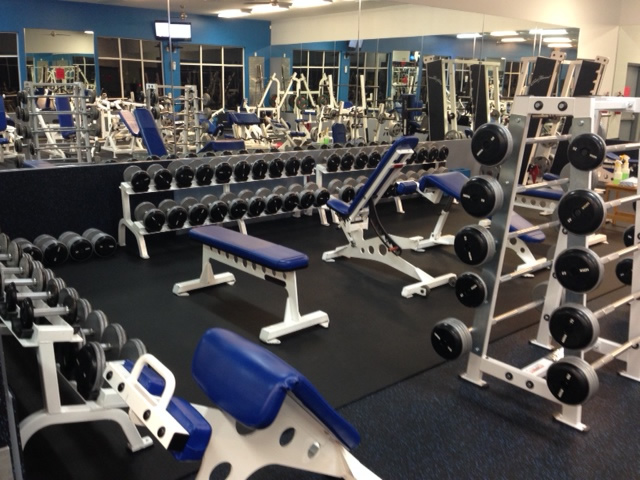
Let’s face it, even the most goal oriented among us are guilty of procrastination from time to time. We conveniently “forget” to make the next dentist appointment, or we prioritize re-organizing the silverware drawer over weeding the overgrown landscape beds in the front yard. The list goes on and on.
Unfortunately, procrastination typically extends to exercise even though most of us realize how important it is to our overall health and well-being. This applies to people who are altogether new to exercise and having trouble getting started, as well as to people who exercise regularly but have hit a plateau and are putting off making changes to their routines.
Major Procrastination Can Put Off Your Own Happiness
While procrastinating here and there (especially on the “little stuff”) probably won’t harm us in the long run, prolonged procrastination about things that really matter undermines our happiness and satisfaction with life.
 Research focused on the psychology of action and personal goals indicates that the successful pursuit of meaningful goals is important in the development and maintenance of our psychological well-being. When we are making progress on our goals, we are happier emotionally and more satisfied with our lives. This results in good feelings and increased motivation to sustain our goal-oriented behavior, leading to an awesome positive feedback loop – achieve a goal, feel good, experience increased motivation to work harder towards the next goal. It’s a powerful cycle. We just have to get it started.
Research focused on the psychology of action and personal goals indicates that the successful pursuit of meaningful goals is important in the development and maintenance of our psychological well-being. When we are making progress on our goals, we are happier emotionally and more satisfied with our lives. This results in good feelings and increased motivation to sustain our goal-oriented behavior, leading to an awesome positive feedback loop – achieve a goal, feel good, experience increased motivation to work harder towards the next goal. It’s a powerful cycle. We just have to get it started.
Goal Setting to Improve Health and Fitness
Clearly, starting and maintaining a fitness program is often high on the list of most people’s goals (as evidenced by common New Year’s resolutions). And yet, according to research, approximately 80% of people fail to reach those resolutions, a potentially major hit to happiness and well-being. Here are some steps you can take to surmount procrastination and start your own positive feedback loop:
 Pick an activity you enjoy. Love to dance? Try a Zumba class. Prefer to zone out and listen to your favorite music? Check out the awesome selection of equipment on the fitness floor.
Pick an activity you enjoy. Love to dance? Try a Zumba class. Prefer to zone out and listen to your favorite music? Check out the awesome selection of equipment on the fitness floor.- Set a challenging, but realistic, goal – Have a busy work and family life? Perhaps your first goal is to get to the gym 2 days a week for any period of time. Been sedentary for many years? Set a goal to walk at a moderate pace on a treadmill for 15 – 20 minutes a few days a week.
- Stay optimistic. Don’t allow a setback or two to deter you. Avoid dwelling on the negative and stay positive. Pessimism is not a state of being; it’s a choice.
The truth is that exercising is hard. It takes time out of our busy day and it can be physically uncomfortable (to say the least!). The good news is that research shows we experience the strongest positive emotional response when we make progress on our most difficult goals. So, whether you are new to exercise, or a veteran who has hit a plateau or experienced an injury requiring a change to the normal routine, everyone can benefit from setting a realistic goal and then going for it.
Help is Available
 Making progress toward a goal is great, but first you have to identify it – and that can be a challenge all by itself. If you are committed to improving your health and fitness level as a general goal, but are unsure where to start, schedule a free appointment with a Wellness Coach. Wellness Coaches are trained to help people define their goals and set a realistic plan to reach them.
Making progress toward a goal is great, but first you have to identify it – and that can be a challenge all by itself. If you are committed to improving your health and fitness level as a general goal, but are unsure where to start, schedule a free appointment with a Wellness Coach. Wellness Coaches are trained to help people define their goals and set a realistic plan to reach them.
Another option? Consider hiring a Personal Trainer. Certified trainers focus on your specific individual needs, abilities and goals. A trainer will monitor your progress and help you know when to advance your goals.
Thanks Cornerstone Clubs and author Theresa Whitcomb
To see more Fitness in the Keys features visit our archives.


